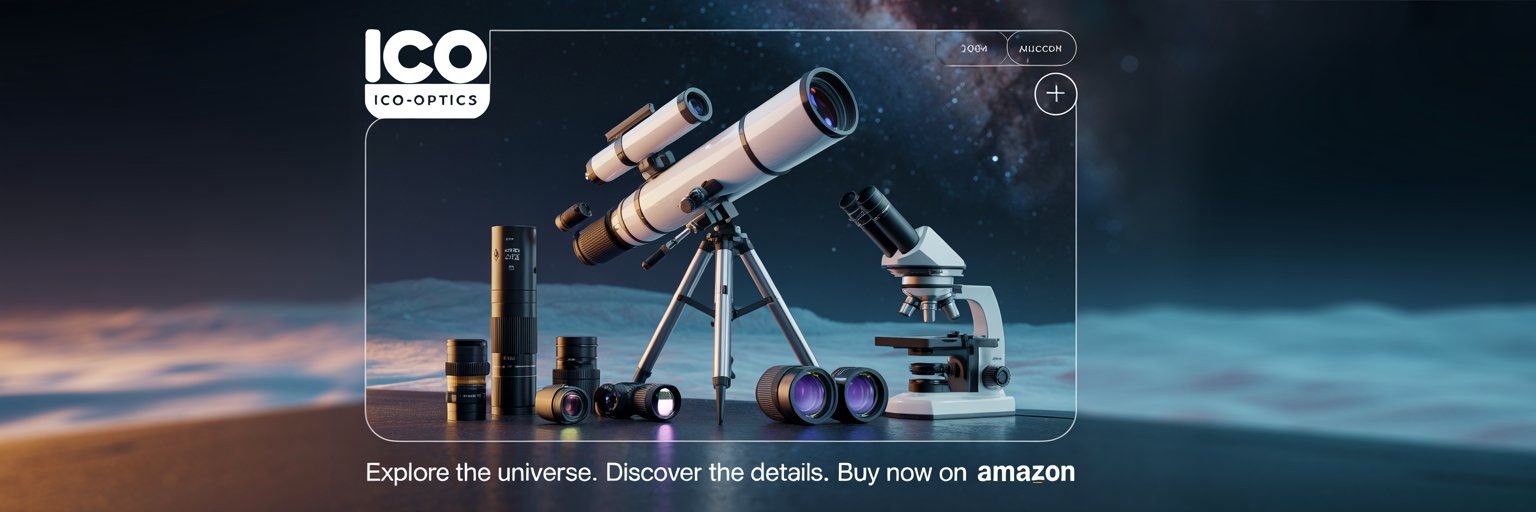The Mars Rover relies on specific frequencies to communicate with Earth, which are essential for sending data and receiving commands. The Perseverance rover, for instance, primarily uses the X-band frequency range of 7 to 8 gigahertz for its communications.
This frequency enables effective transmission of scientific data and images collected on the Martian surface back to mission control.
In addition to the X-band, the rover may utilize other frequencies for different purposes. For example, it can also operate in the Ka-band for high data rates.
Understanding these frequencies gives insight into how the rover manages communication over vast distances in space.
As the exploration of Mars continues to advance, the role of these frequencies becomes increasingly crucial. Knowing how the rover communicates adds another layer of appreciation for the complex technology behind space missions and highlights the challenges of connecting with devices millions of miles away.
Mars Rover Communications Infrastructure

Mars rovers, including Perseverance, rely on a complex communications system to send and receive data. This infrastructure involves multiple components, mainly focusing on the Deep Space Network and orbiting satellites like the Mars Reconnaissance Orbiter (MRO).
Together, these elements ensure reliable communication across vast distances.
The Role of the Deep Space Network in Rover Communications
The Deep Space Network (DSN) is crucial for communicating with Mars rovers. Managed by NASA, this system consists of large antennas located in California, Spain, and Australia. These antennas enable direct contact with rovers on the Martian surface.
The DSN operates in several frequency bands, including the UHF band for rover-to-orbiter communication and X-band for rover-to-Earth transmissions. The system can handle high data rates, allowing rovers like Perseverance to send images and scientific data back to Earth.
Additionally, the DSN provides tracking, navigation, and command services. This ensures that mission teams can monitor the rovers’ conditions and plan their activities effectively, enhancing the overall success of Martian exploration.
Mars Reconnaissance Orbiter (MRO) as a Communication Relay
The Mars Reconnaissance Orbiter (MRO) serves as a vital link in the communication chain. Launched in 2005, the MRO is equipped with advanced telecommunications systems. It can relay data between Martian rovers and Earth, significantly improving communication efficiency.
MRO transmits data using the UHF band, which is ideal for short-range communications. This capability allows it to act as a bridge for rovers like Perseverance when they are out of range from the DSN.
By collecting data from the rover and sending it back to Earth, MRO reduces transmission delays and improves data integrity.
This collaboration between rovers and orbiters exemplifies the effectiveness of Mars’ communications infrastructure, ensuring that valuable scientific findings reach mission teams swiftly.
Specifics of Communication Frequencies and Technologies
Mars rovers utilize specific frequency bands to communicate effectively with Earth and orbiters. These bands ensure reliable data transmission while accounting for the unique challenges of space communication.
Understanding UHF and X-Band Signals
Mars rovers primarily use Ultra High Frequency (UHF) and X-band signals for communication. UHF is crucial for direct-to-Earth communication, typically operating around 400 MHz. It is effective for short-range communication and data downlink.
The X-band operates between 8.4 to 8.45 GHz. This frequency provides higher data rates and better signal clarity over long distances.
For example, the Mars 2020 rover can achieve data rates from 128 kbps to 2 Mbps when communicating with orbiters.
Both UHF and X-band frequencies utilize line-of-sight communication, meaning they work best when there are no obstacles between the rover and the receiving station.
Antenna Types and Their Uses
Mars rovers are equipped with different types of antennas to facilitate communication. The low-gain antenna is used for broad coverage and is essential during vehicle landing and initial communication. It provides less directionality but is highly reliable for basic commands.
In contrast, the high-gain antenna is designed for precise communication. The X-band high-gain antenna can focus the signal, allowing for higher data rates. The X-band low-gain antenna offers a wider range but at lower speeds.
Choosing the right antenna type is critical for ensuring effective data transmission. The combination of these antennas allows for versatile communication strategies, adapting to various mission needs.
Scientific Tasks and Equipment Management
Managing scientific tasks and equipment is crucial for the success of Mars rover missions. Rovers like Perseverance and Curiosity utilize advanced instruments to explore Mars’s surface, analyze its environment, and communicate findings. Effective management ensures that these instruments function optimally while the rovers navigate the Martian terrain.
Science Instruments and Mars Exploration
The Perseverance rover is equipped with several cutting-edge science instruments that help in Mars exploration.
Key instruments include SuperCam, which captures images and identifies minerals, and SHERLOC, designed to detect organic compounds and minerals that indicate past life. The Pixel (Planetary Instrument for X-ray Lithochemistry) also plays a crucial role in analyzing the chemical makeup of Martian rocks.
These tools allow scientists to gather significant data about the planet’s geology and climate. The information collected helps in understanding the possibility of past life on Mars. The mission also benefits from the experience gained through the Mars Science Laboratory mission with the Curiosity rover, which shares a similar design and purpose.
Ensuring Rover Functionality and Control
Effective operation of the rovers requires careful management of their systems.
This includes temperature controls, navigation, and telecommunications.
The rovers utilize intricate systems to maintain optimal functionality in harsh Martian conditions.
For instance, the robotic arm on Perseverance allows for precise handling of samples for analysis.
Moreover, the rovers depend on a reliable communications system with Earth, utilizing radio frequencies to transmit data and receive commands.
Regular monitoring of the rover’s systems is essential to prevent malfunctions that could impede scientific tasks.
The wheels and suspension systems are designed to navigate rough terrain, ensuring that the rover can reach target sites for investigation.
Through careful operations, NASA’s Jet Propulsion Laboratory optimizes the rovers’ capabilities for scientific discovery.

